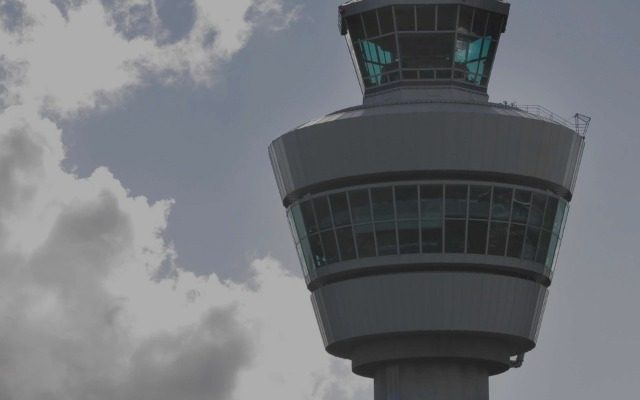We guide you in the implementation and achieving compliance with applicable principles for safety management and Air Traffic Management.
Traditionally Air Navigation Service Providers (ANSPs) primarily focused on managing their basic operations: operational procedures, CNS and ATM systems, training, airspace management & design, aeronautical information. In 2013 ICAO published Annex 19, Safety Management, introducing a new layer of regulatory requirements on how safety shall be managed. The new Annex is supported by Doc 9859, Safety Management Manual.
The Safety Management System (SMS) framework consists of the following basic components:
- Safety policy and objectives (management commitment, safety accountabilities, key safety personnel, SMS documentation)
- Safety risk management (hazard identification, risk assessment & mitigation)
- Safety assurance (safety performance monitoring, management of change, continuous improvement)
- Safety promotion (training, education, communication)
In a growing number of States certification is introduced as the basic vehicle for ANSP oversight. In general the certificate covers compliance with the entirety of civil aviation regulations applicable to air traffic services, not only embracing the more traditional ATM safety rules, but also requirements pertaining to safety & quality management, environment, finance and corporate governance. The process towards achieving and then maintaining certification is complex.
Our consultants, with senior management background in ATM safety oversight, operations and systems, can assist you in the implementation of safety management principles and achieving full compliance with the Annex 19 SMS framework as well as achieving and maintaining applicable certification. Additionally we can support you in meeting European Union (EU) and European Aviation Safety Agency (EASA) directives and regulations, including ‘Common Requirements’, as well as EUROCONTROL Safety Regulatory Requirements (ESARR).
We assist you in developing a plan of action for achieving verifiable compliance as well as the execution of the plan.
Demonstrating and monitoring of compliance is an essential part of safety management. Determining which rules and regulations have to be complied with, is a first step. Next comes the verification of compliance, where traceability is essential. By prioritizing identified compliance issues, resources can be effectively allocated and issues solved efficiently.
We assist you in developing a plan of action for achieving verifiable compliance as well as the execution of the plan. Moreover, we can also support you with resolving identified compliance issues using our extensive ATM expertise. The result is a process for verifying compliance and ongoing compliance monitoring.




